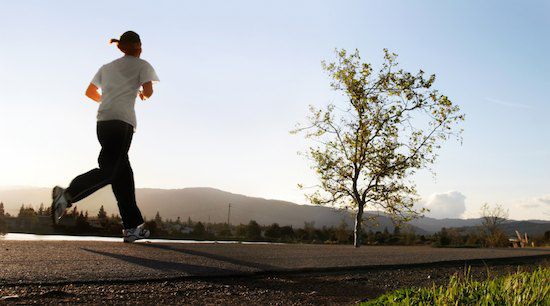Orthopedic Health
Every day, advances are being made in the world of orthopedic health and disease treatment for our bones, muscles, tendons, ligaments, and related connective tissues.
Reduction in the crippling pain of arthritis and the advances of knee and hip replacements from musculoskeletal research is changing how well and how long we can live active, healthier lives.

The human body has more than 200 bones and more than 200 joints that connect the bones.
Until something goes wrong with one or more them, most people take their bones and joints for granted.
Almost half a million hips or knee replacements occur in the United States each year; in fact, many of the diseases related to joints and bone problems affect women and minorities more severely.
Consider these facts:
- The most common joint problems come from arthritis and injuries. Arthritis literally means joint inflammation. Although joint inflammation describes a symptom or sign rather than a specific diagnosis, the term “arthritis” often refers to any disorder affecting the joints.
These disorders fall within the broader category known as rheumatic diseases, of which there are more than 100 kinds, and are characterized by inflammation as well as loss of function of one or more connecting or supporting structures of the body.
- More than 46 million people in the United States have arthritis or other rheumatic conditions. By the year 2020, this number is expected to reach 60 million.
These diseases more frequently limit activity than do heart disease, cancer, or diabetes.
- The most common form of arthritis is osteoarthritis. It is seen especially among older people and is sometimes called degenerative joint disease.
In osteoarthritis, the surface layer of cartilage (the hard but slippery tissue that covers the ends of bones) breaks down and wears away, causing pain, swelling, and loss of joint motion.
- About 435,000 Americans have a hip or knee replaced each year. Because of its structure and weight-bearing capacity, the knee is the most commonly injured joint.
In the case of hip joint damage, osteoarthritis is the most common cause.
- Young adults who have had a previous joint injury are more likely to develop osteoarthritis.
Prevention
Regular exercise, a balanced diet, and a healthful weight can help you reduce your risk of developing osteoarthritis, especially in the hips and knees, or suffering sports injuries.
Exercise helps bone density, improves muscle strength and joint flexibility, and enhances your balance. Take part in regular walking, strength training, swimming, dancing, tai chi, gardening, and similar low-impact activities.
A bone-healthy diet should be rich in calcium and Vitamin D. Check to see if your favorite foods are fortified, and consider taking a daily vitamin or mineral supplement. Several medications are available to prevent osteoporosis.
Ask your orthopedic surgeon which medications can best help you minimize additional bone loss and reduce your risk for fractures.
If you believe you are suffering from arthritis, knee or hip-related injury and need specialized orthopedic care, the surgeons at Orthopedic Specialists of Seattle provide excellent treatment options available for you.

 Speaking of physical reminders, the change in season is the perfect opportunity to change your sneakers!
Speaking of physical reminders, the change in season is the perfect opportunity to change your sneakers! 
